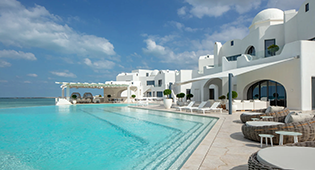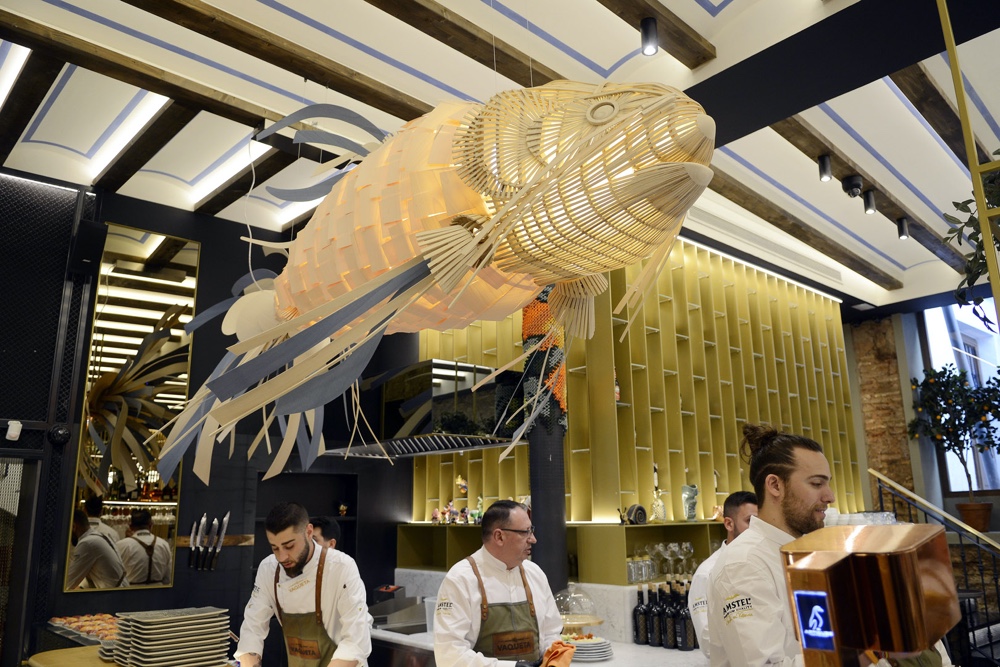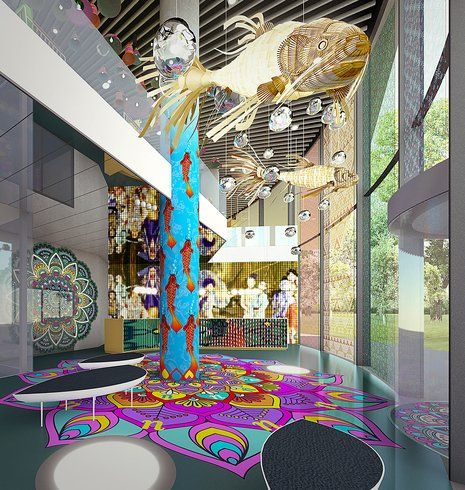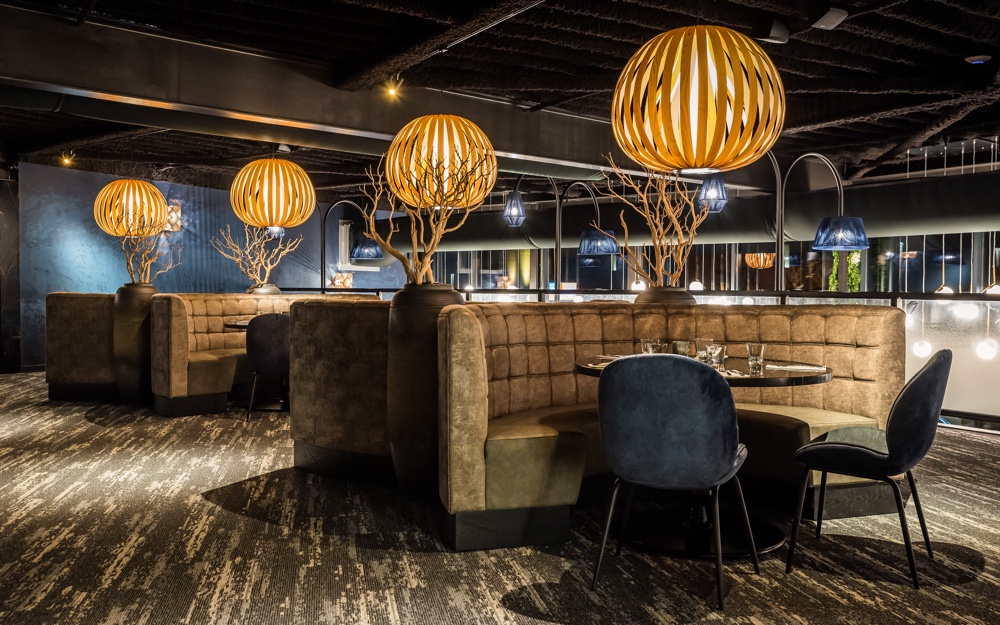Between 30th October and 1st November 2018, the Embassy of Spain in Tokyo hosted an exhibition titled ‘Spanish Chromatic Still Lifes’. Curated by architect Belén Moneo of architectural studio Moneo Brock, the event was organised by ICEX Spain and the Economic and Commercial Office of Spain in Tokyo.

Cosmos floor lamps and Chou table lamps By LZF
A truly Spanish affair, the exhibition’s aim was to focus attention on Spanish product design for the Japanese market and position it for the 2020 Olympic Games in Tokyo. Belén Moneo described the exhibition as ‘a sequence of aesthetically beautiful monochromatic spaces that show [Spain’s] diverse and complex design scene.’
Japan is a country where the disciplines of craft, architecture and design enjoy historical, cultural and contemporary significance. Each discipline typically respects Japanese heritage, customs and values, often reflecting regional traditions and a tangible connection between the physical expression of an object with the natural world.
A country known for its design prowess and aesthetic disposition, Japan sets the bar high. As such, any exhibition of Spanish design would need to create an impeccable impression.

Large Agatha suspension light and Paisley Floor screen by LZF lamps
Architectural studio Moneo Brock has a keen interest in interior and product design, with a particular focus on human scale and the intrinsic characteristics of materials. Belén Moneo themed the ‘Spanish Chromatic Still Lifes’ exhibition around the idea of a still life painting (or bodegón): this pictorial concept made use of design, colour and lighting to create the qualities of balance and serenity across a number of intimate compositions.
Each still life was in essence defined by its colour and comprised a mix of unique Spanish design pieces and materials. In its totality, the exhibition consisted of a series monochromatic sets, showcasing an aesthetically pleasing array of Spanish craft and creativity.

Minimikado Suspesion light by LZF Lamps
Relating to Japanese culture, Belén Moneo’s monochromatic sets were reminiscent of a ‘tokonoma’—often found in a Japanese home, this recess (or alcove) is used for displaying items, such as flowers, pictures and ornaments, in an artistic manner.
Alluring and composed, arrangements placed within a tokonoma are designed to captivate and provide a moment of quiet focus. Across the ‘Spanish Chromatic Still Lifes’ exhibition, a sequence of life-size tokonomas worked to capture the gaze of curious visitors.
Objects from ten Spanish companies were used in the creation of each still life composition. Furniture was provided by Blasco&Vila, Capdell, Expormim, Kettal, Sancal and Sellex. Lighting was provided by Almerich, Estiluz and (our very own) LZF. And carpets and textiles came from Naturtex.
As a collective, these companies represented some of the best design that Spain has to offer, showcasing intelligent innovation, attentive craftsmanship, a keen understanding of materials and a predilection for aesthetic pleasure.

Link floor lamp by LZF Lamps
If the premise of the ‘Spanish Chromatic Still Lifes’ exhibition in Tokyo was to focus attention on Spanish product design for the Japanese market, then it can be surmised that it achieved its goal. Given the calibre of the Spanish design companies involved, the Japanese audience would have gained significant insights into Spain’s capacity for good design. Moreover, they would perhaps have noticed some similarities between Spain and Japan, such as a mutual respect for culture, heritage and nature.













